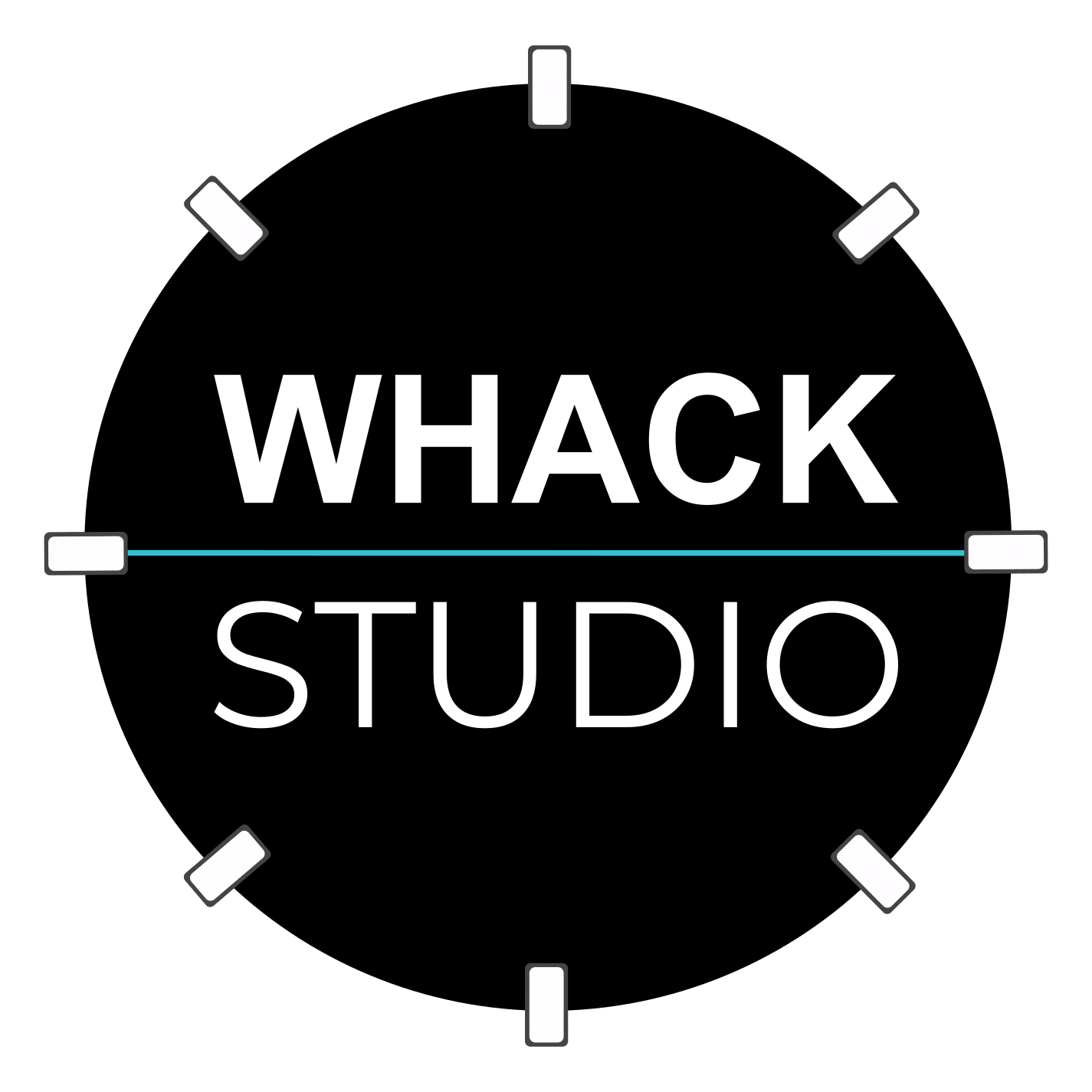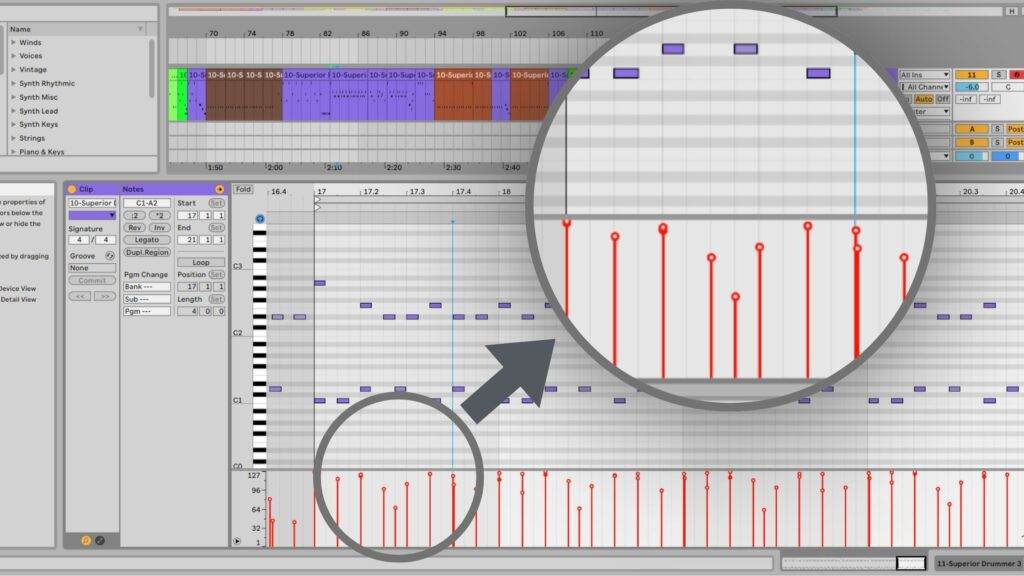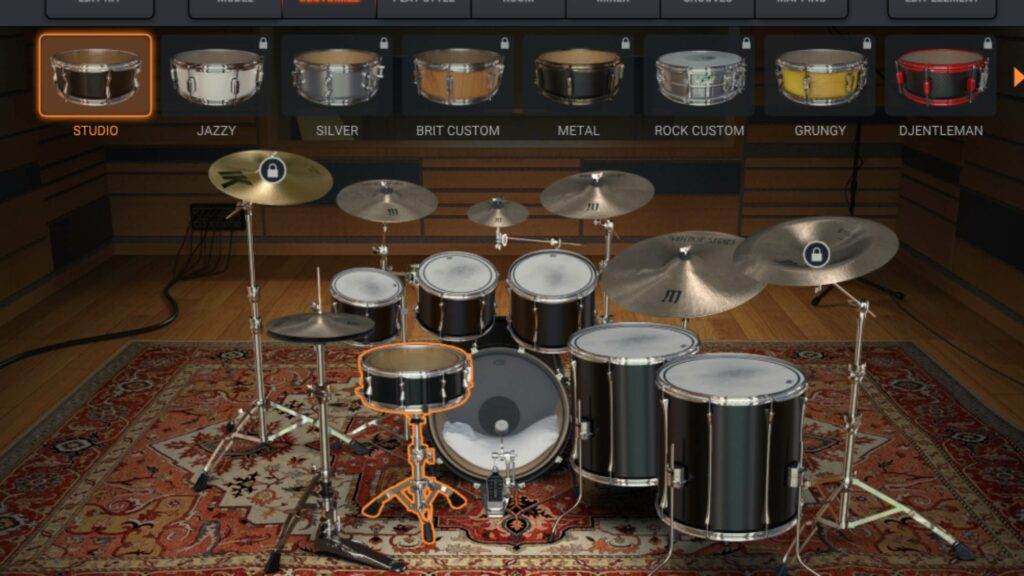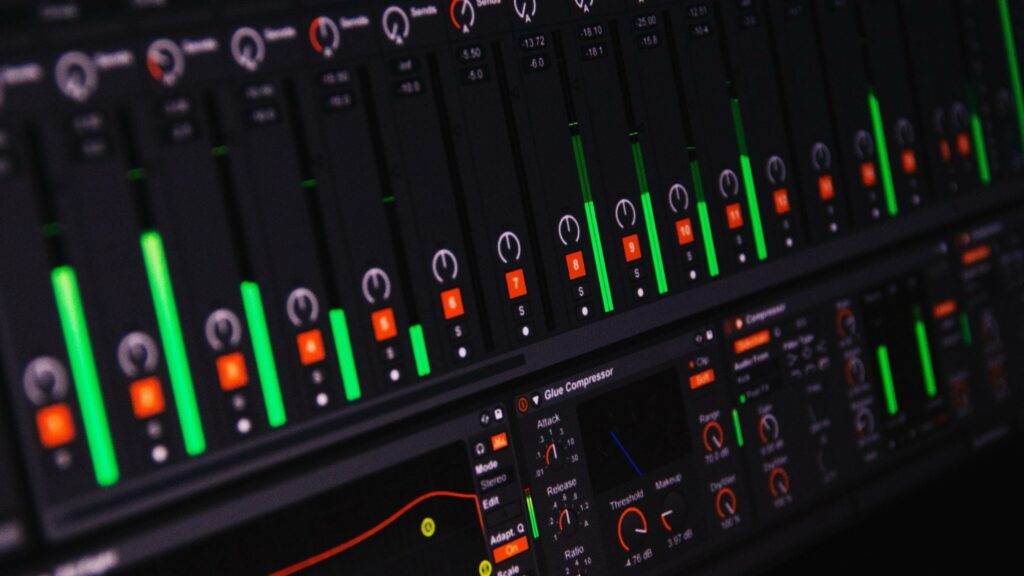Programming human sounding rock and metal drums can be a nightmare. It’s both difficult and extremely time taking, especially for non drummers. This is why I put together this video course.
Hopefully my insights as a drummer can help you program drums which sound and feel like they were played by a real drummer.
Try going through the videos in order to understand the concepts best!
1. Welcome to the course
Playlist

2:32
The DAW I am using [Ableton]:
https://www.ableton.com/en/
The Drum VST I use in this course [Krimh Drums Free] :
https://bogrendigital.com/products/krimh-drums-free
Other good drum VSTs by Get Good Drums:
https://www.getgooddrums.com/collections/software
2. The basics
Playlist

2:47

1:38

2:49

1:25
3. Programming the first beat
Playlist

2:13

2:57

4:51

2:32
4. Writing drums with guitars
Playlist

18:12

9:36
Link to download guitar track:
https://drive.google.com/drive/folders/1OBV4ZpUVjzXZyF5cJYe8kYdxx0IDMjbz?usp=sharing
Link to download guitar track:
https://drive.google.com/drive/folders/1EHxNi5CD0GI-QHluCVXcBBnQHGrm2t7v?usp=sharing
5. Getting into the details
Playlist

5:34

7:19

2:19

6:10

7:51

9:30

3:48

3:29

4:25

2:46
Guidelines:
Kick:
Double kick patterns: 105 – 125
Heavy single kick patterns 115 – 127
Fast double bass patterns: 100 – 115
Snare:
Choruses, heavy parts: 120 – 127
Softer verses: 105-120
Breakdown: 127
Blast Beats: 70-85 (Can be slightly lower for faster blasts)
Toms:
Rolls: 90 -120
Heavy hits: 115 – 127
Crashes and China: 100 – 120
Hi Hats/Ride:
Eight notes: Main hits – 95-110, All the hits on the “&” – 70-85
Quarter notes: 95 – 120
If you work on faster paced stuff like thrash or death, you can reduce the velocities slightly in the faster parts, by say 5 to 10 for all kit pieces to make it sound better.
These ranges can alter depending on the VST you are using but they should be a good starting point. And you never have to keep every single hit inside this exact range. Just a general following of this can do wonders in making your drums sound more realistic.
Please Note: These ranges are meant to make midi drums sound more like acoustic drums played by a real drummer. They are not meant to make it sound like a modern metal production. You would see less dynamics, especially in the kick and snare, if you start thinking from a mixing engineer’s point of view.
Guidelines:
Kick:
Double kick patterns: 105 – 125
Heavy single kick patterns 115 – 127
Fast double bass patterns: 100 – 115
Snare:
Choruses, heavy parts: 120 – 127
Softer verses: 105-120
Breakdown: 127
Blast Beats: 70-85 (Can be slightly lower for faster blasts)
Toms:
Rolls: 90 -120
Heavy hits: 115 – 127
Crashes and China: 100 – 120
Hi Hats/Ride:
Eight notes: Main hits – 95-110, All the hits on the “&” – 70-85
Quarter notes: 95 – 120
If you work on faster paced stuff like thrash or death, you can reduce the velocities slightly in the faster parts, by say 5 to 10 for all kit pieces to make it sound better.
These ranges can alter depending on the VST you are using but they should be a good starting point. And you never have to keep every single hit inside this exact range. Just a general following of this can do wonders in making your drums sound more realistic.
Please Note: These ranges are meant to make midi drums sound more like acoustic drums played by a real drummer. They are not meant to make it sound like a modern metal production. You would see less dynamics, especially in the kick and snare, if you start thinking from a mixing engineer’s point of view.
Guidelines:
Kick:
Double kick patterns: 105 – 125
Heavy single kick patterns 115 – 127
Fast double bass patterns: 100 – 115
Snare:
Choruses, heavy parts: 120 – 127
Softer verses: 105-120
Breakdown: 127
Blast Beats: 70-85 (Can be slightly lower for faster blasts)
Toms:
Rolls: 90 -120
Heavy hits: 115 – 127
Crashes and China: 100 – 120
Hi Hats/Ride:
Eight notes: Main hits – 95-110, All the hits on the “&” – 70-85
Quarter notes: 95 – 120
If you work on faster paced stuff like thrash or death, you can reduce the velocities slightly in the faster parts, by say 5 to 10 for all kit pieces to make it sound better.
These ranges can alter depending on the VST you are using but they should be a good starting point. And you never have to keep every single hit inside this exact range. Just a general following of this can do wonders in making your drums sound more realistic.
Please Note: These ranges are meant to make midi drums sound more like acoustic drums played by a real drummer. They are not meant to make it sound like a modern metal production. You would see less dynamics, especially in the kick and snare, if you start thinking from a mixing engineer’s point of view.
6. Writing drum fills
Playlist

4:18

7:16

1:03

3:37

3:00

9:15

9:12
7. Additional tips
Playlist

1:59

2:19
Link to structures: https://whackstudio.com/metal-song-structures/
8. Writing to a guitar track
Playlist

31:08
Link to download guitar track:
https://drive.google.com/drive/folders/1OPR5XtlM7H7oUh4UpsxI4G05qvjjozs-?usp=sharing






